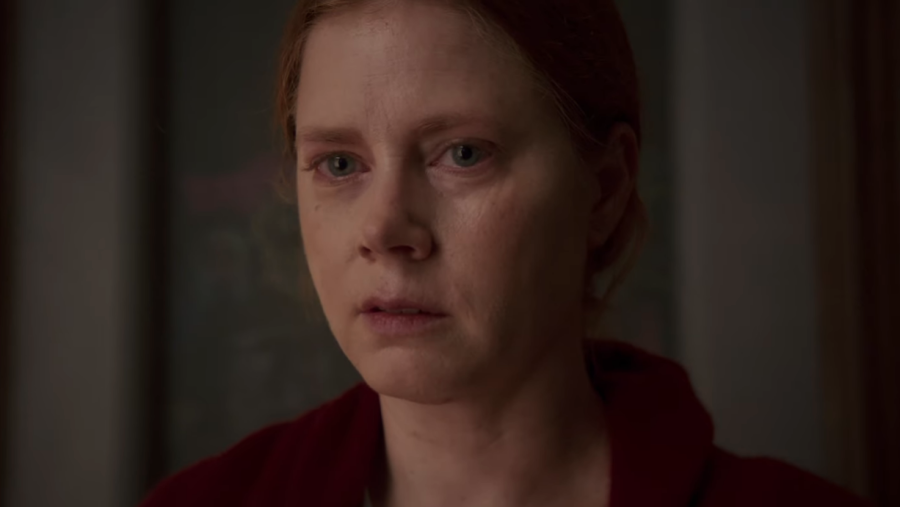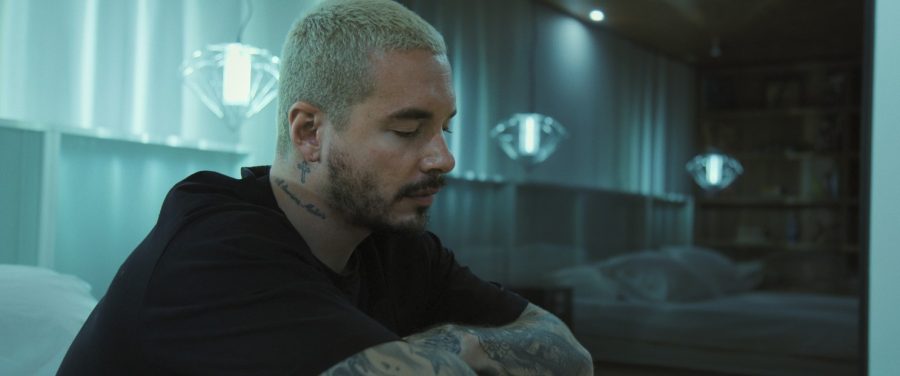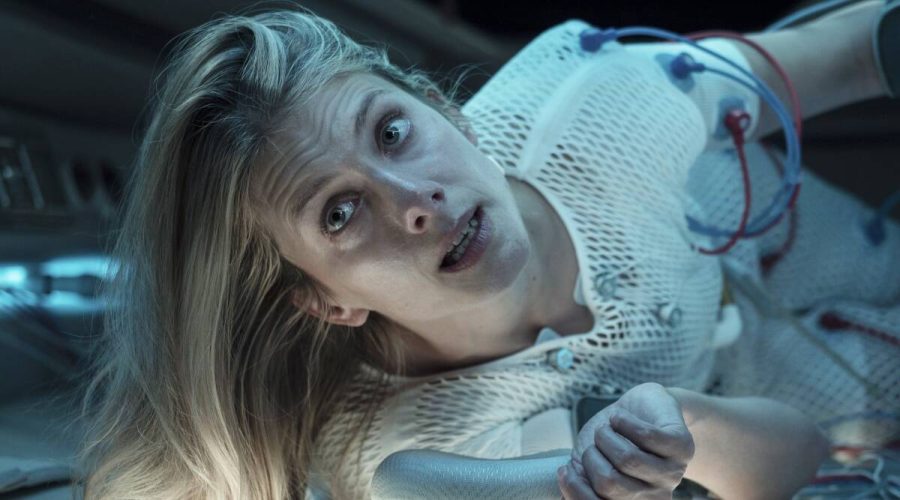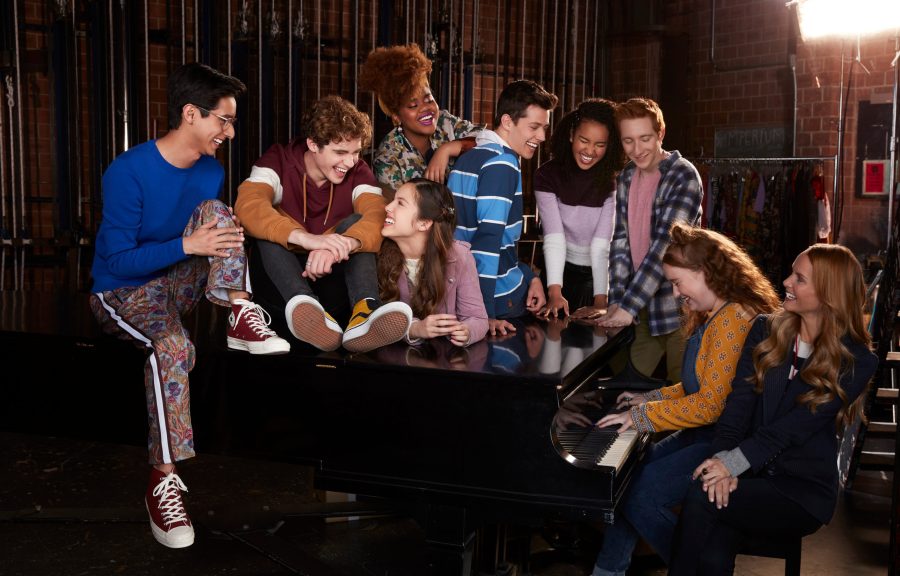In this visually updated and more gritty remake, Godzilla remains king of monsters.
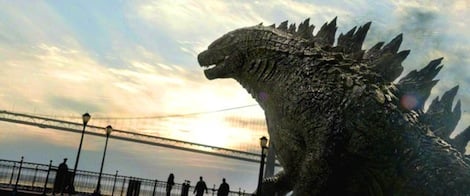
Rating: 4.0/5.0
Directed by Gareth Edwards
Starring Aaron Taylor-Johnson, Bryan Cranston, Ken Watanabe, Elizabeth Olsen, Juliette Binoche
Release Date: May 16
The story of “Godzilla” begins as Joe Brody (Bryan Cranston) investigates a nuclear power plant meltdown in Japan. Things go haywire when a giant insect, called Muto, awakens from the ground. The emergence of Muto calls Godzilla, who had been awakened decades ago by the radiation from a nuclear submarine, into action. Joe’s son Ford (Aaron Taylor-Johnson), an American Navy explosives expert, is recruited for a military mission to end the threats of Muto and Godzilla. Both monsters need to find and consume radiation, usually in the form of nuclear weapons, in order to live and cause mayhem. The most destructive creatures need humanity’s most destructive weapons. Like the original films, “Godzilla” treats the idea of nuclear energy and weapons with an appropriate amount of fear.
Godzilla” doesn’t throw away plausibility and is smart in not relying on monster battles and suspension of disbelief. The air of realism that permeates the film, through discussions of natural history, the nuclear program and seismology, makes the experience more bone-chilling. Godzilla is not just a monster whose goal is to destroy buildings (although there is a lot of destruction); he is an animal, a so-called “alpha-predator”trying to survive. The filmmakers convincingly portray Godzilla as a force of nature brought about by humanity’s own scientific arrogance.
Equally impressive is the film’s use of sound. The volume isn’t blaring from start to finish, which makes Godzilla’s screams seem that much more jarring. The sounds of the quaking ground and crunching metal will send shivers down your spine. Alexandre Desplat’s grisly musical score further elevates the film and charges each scene with a unique energy. For a monster movie, “Godzilla” hits all the right notes.
Each action scene is well-choreographed and impressive in its own way. Unlike the messy scenes of films like “Transformers,” which are difficult to watch, Edwards keeps the camera steady and uses wide takes that allow the audience to focus on the image and take in the action. And because the plot comprises of more than one monster, the action scenes are more varied and less redundant than that of many mindless summer action movies.
Director Edwards shows how powerless humans were against this force of nature with his incredible sense of scale. Central to “Godzilla” is the idea of enormity, and Edwards frames the objects in a way that conveys their sweeping proportions, such as extremely wide cityscapes or showing Godzilla from a low, human angle. Ultimately, while respecting the theme of the classics, Edwards updated the beloved monster movie into the 21st century with a phenomenal visual spectacle and an authentic, realistic narrative.










